See the Flowers that Bloom All At Once, One Night a Year
The mysterious night-blooming cereus just dazzled a garden in Tucson. Scientists still aren’t sure exactly how they bloom at the same time
On Friday, June 12, the world’s largest private collection of night-blooming cereus plants burst open. The flowers are a bit of a scientific mystery: They usually bloom on just one night a year, and en masse. Staff at the Tohono Chul garden, a non-profit botanical garden and nature preserve in Tucson, Arizona, often can’t tell when their record-setting collection of Cereus greggii flowers will unfurl their long, fragrant petals until a few hours before they do. And so, last Friday, the garden sent out an email with the subject line: “Bloom Night is Tonight!”
The night-blooming cereus is known for its ethereal, star-like blossoms, as well its tendency to bloom all at once. Plant-lovers often gather to celebrate its unfurling, and such gatherings are not a new idea. As the Washington Post writes, “Informal gatherings to witness the annual affair were commonplace in small-town America before World War II.” Local newspapers announced when the cereus buds were swelling and the bloom imminent, and “neighbors and strangers alike arrived for the show.”
Tohono Chul says that about 1,500 people came to the garden on Friday night, where they got to see the Cereus greggii go from a small bud to a palm-sized flower right before their eyes. In general, the blooming process happens so quickly that, as a 1934 piece in the New York Times puts it, “Those who watch the unfolding of the petals often hope to detect an evidence of motion, but the development is so smoothly uniform that the little bud suddenly appears more widely open than the second before, without a perceptible movement.” After giving off their famously hypnotic scent, the flowers wilt just a few hours later.
The flowers, sometimes called Arizona’s Queen of the Night, tend to pop open between late May and late July. Cereus greggii (or Peniocereus greggii) are found in the dry soils of the Southwest, including southern New Mexico, southeastern Arizona and western Texas, as well as in parts of Mexico, including eastern Chihuahua, northeastern Durango, northern Zacatecas and Coahuila. Other flowers that also go by the common name night-blooming cereus grow in tropical Central and South American jungles.
“Researchers still don’t know how the flowers know when to bloom en masse,” the Tohono Chul website explains, but they believe it may be some type of chemical communication. As the garden's website writes, the flowers might bloom together on the same evening to help ensure pollination. Hawkmoths usually spread the seed of the night-blooming cereus—and, logically, “The more blooms that are open, the greater the chances of pollination.”
Ring points out that the one-night-a-year idea can get confusing. “A bloom itself will only last one evening,” she says, “but a plant may produce multiple flowers that bloom over a few nights.” Most of the flowers bloom on the same evening, in concert, but sometimes, Ring says, small groups of them bloom earlier or later than the majority.
Still, even the early or late cereus blossoms are never on their own. “We have yet to see a bloom blossom alone,” Ring explains. “[I]f we see one we can always find another one blooming, even if it is across the entire garden.”
If a flower were to somehow open without any blooming companions, Ring says, it would be all alone, and therefore lose its chance at reproduction. Giving us a human comparison, she adds: “It’s like going to a disco on a Tuesday versus a Saturday.”
/https://tf-cmsv2-smithsonianmag-media.s3.amazonaws.com/accounts/headshot/michele-lent-hirsch.jpg)
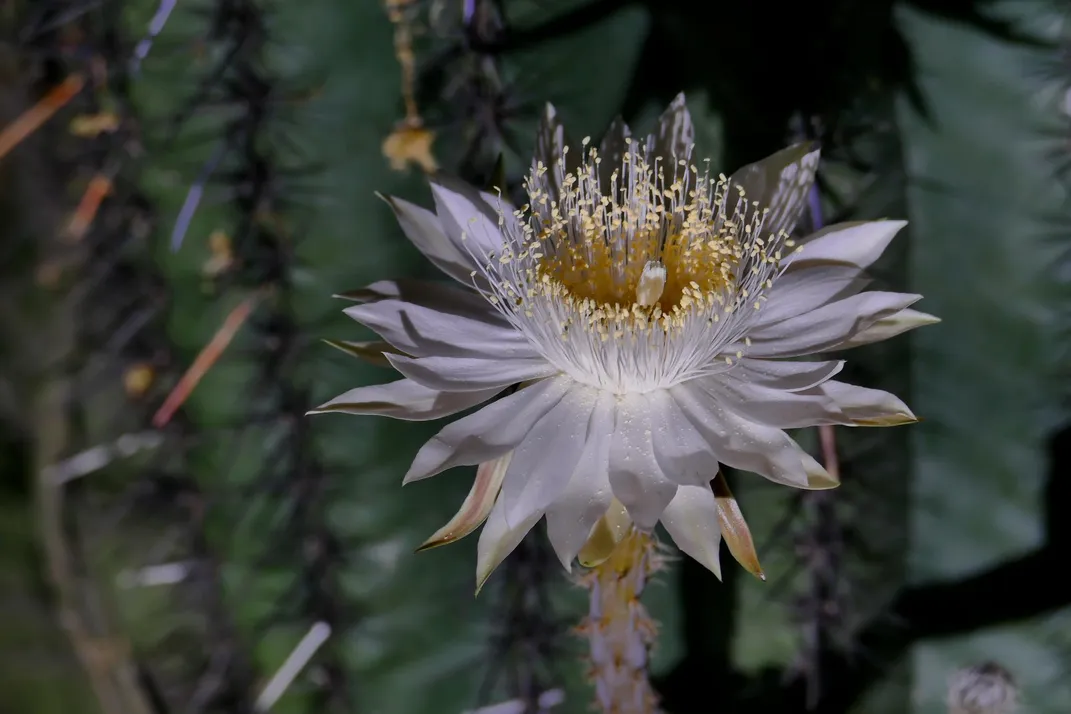
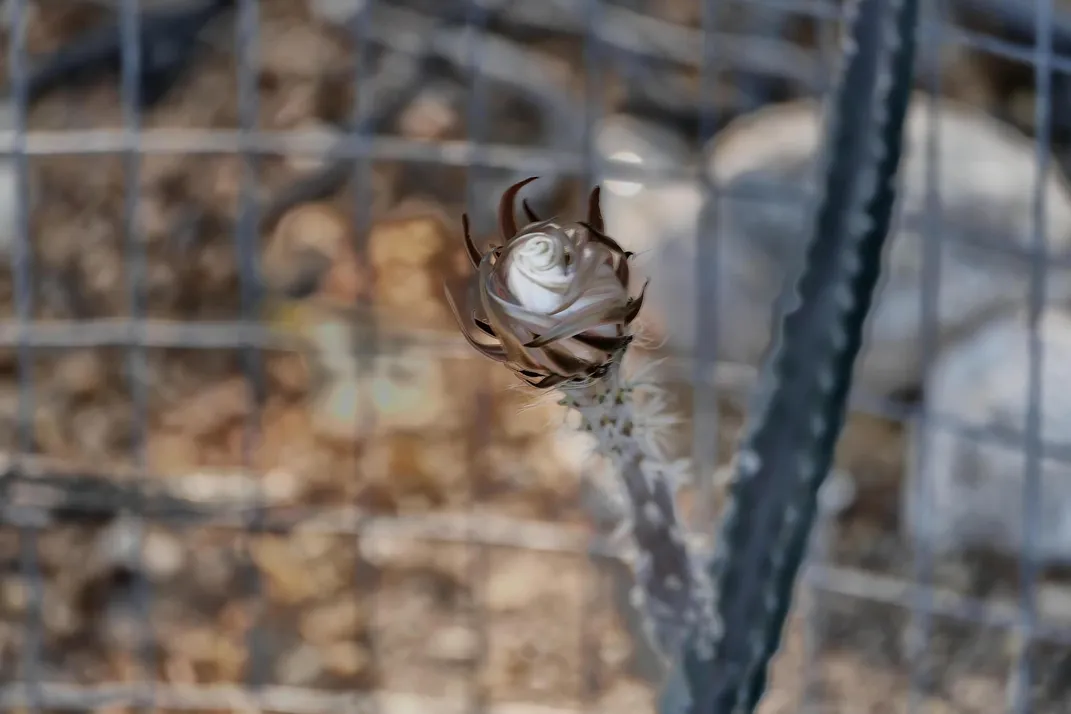
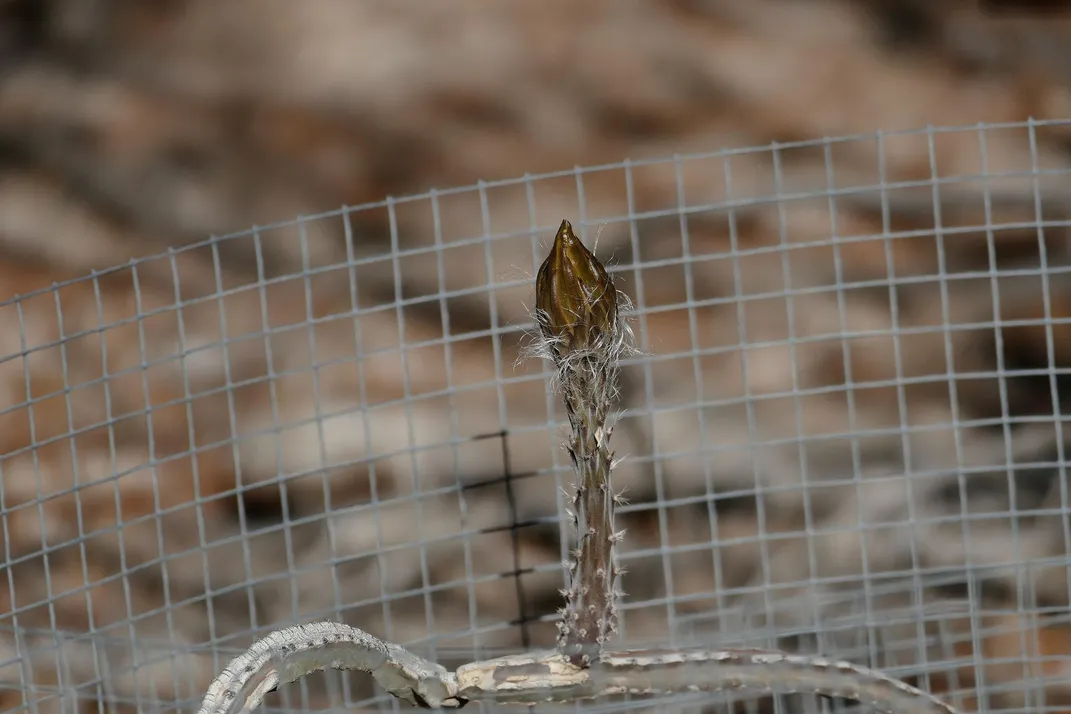
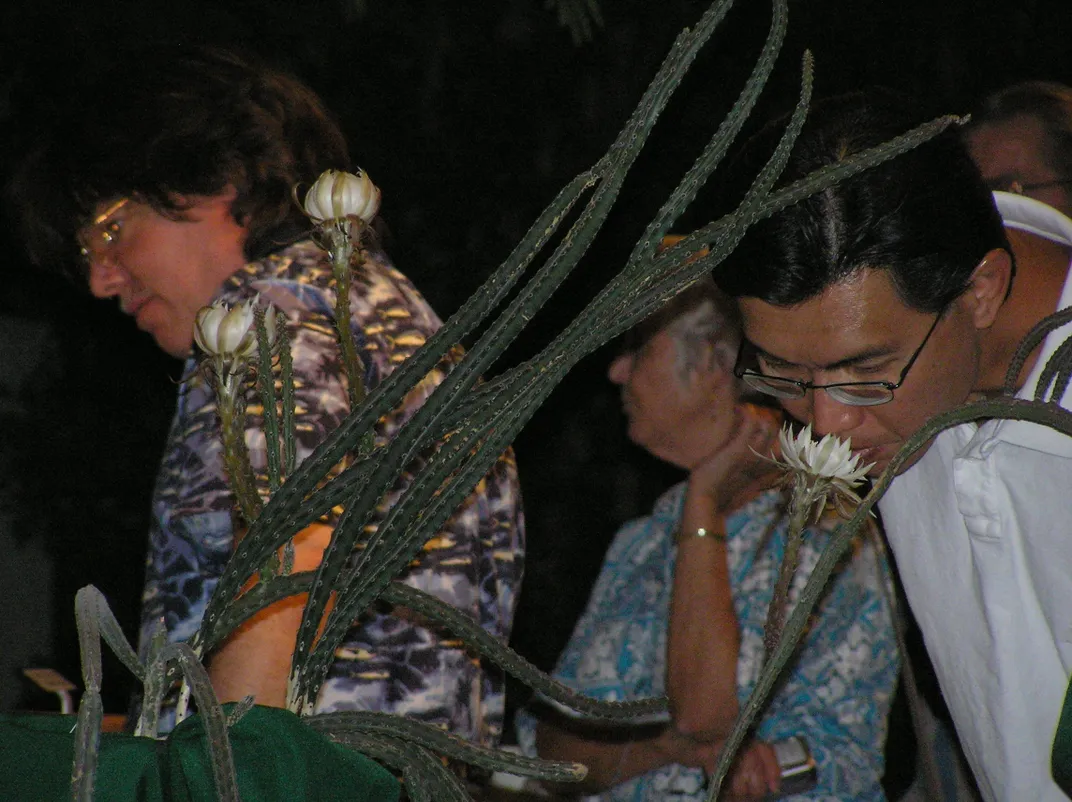
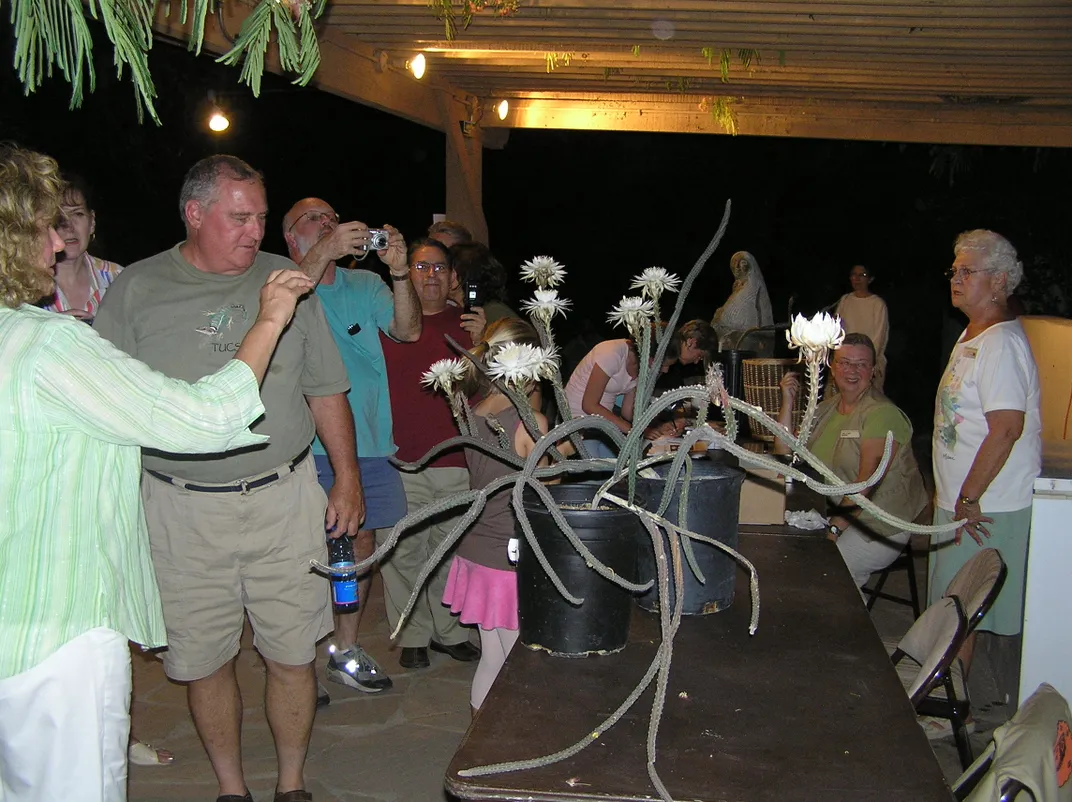
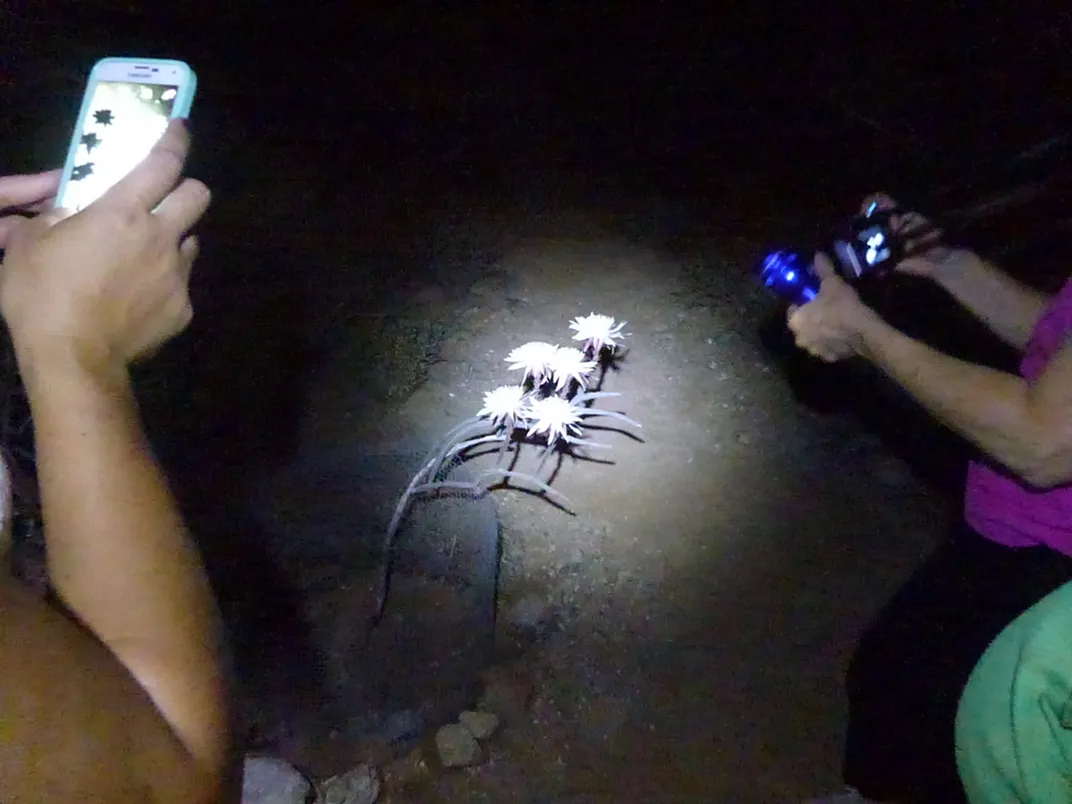

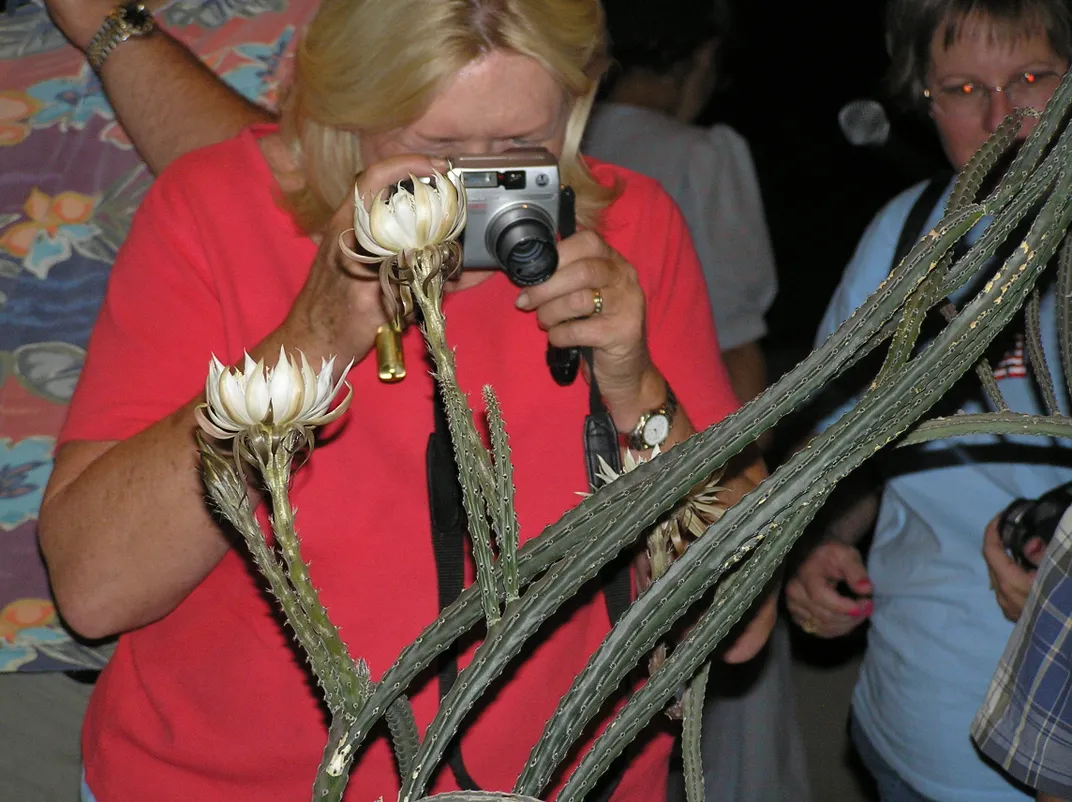
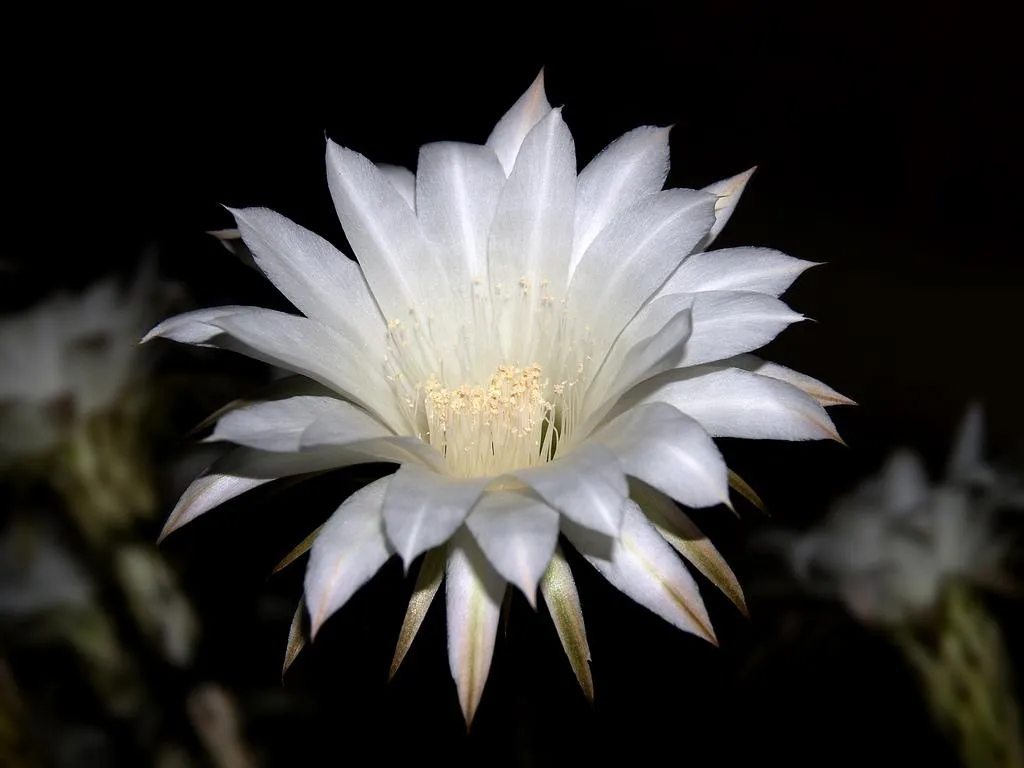
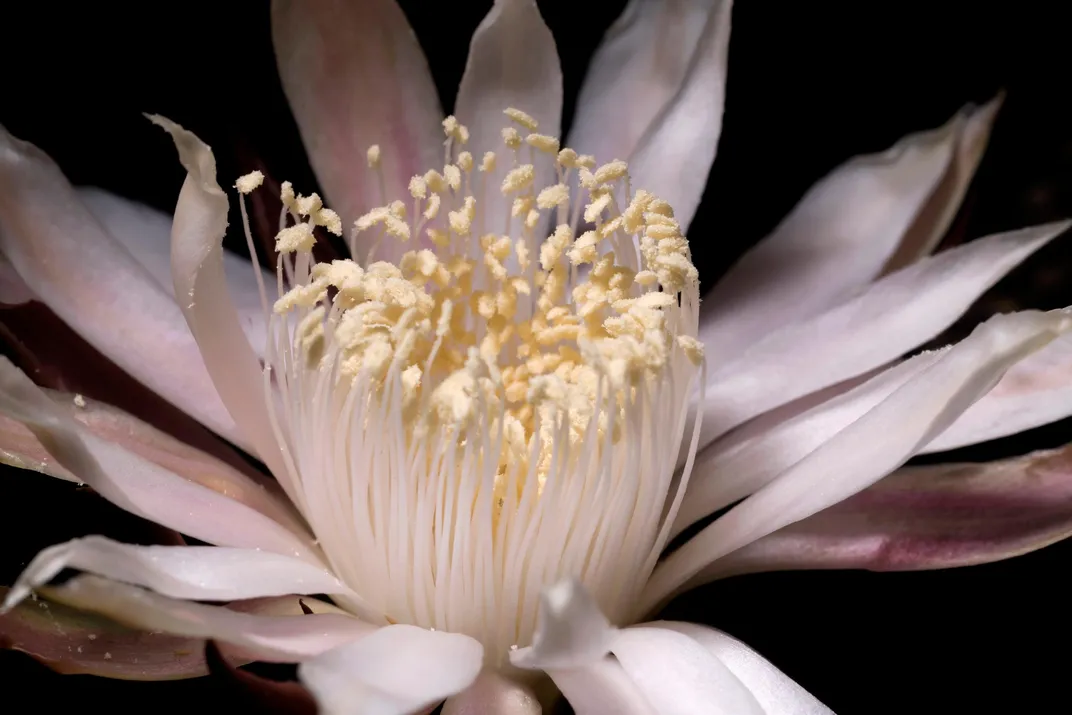
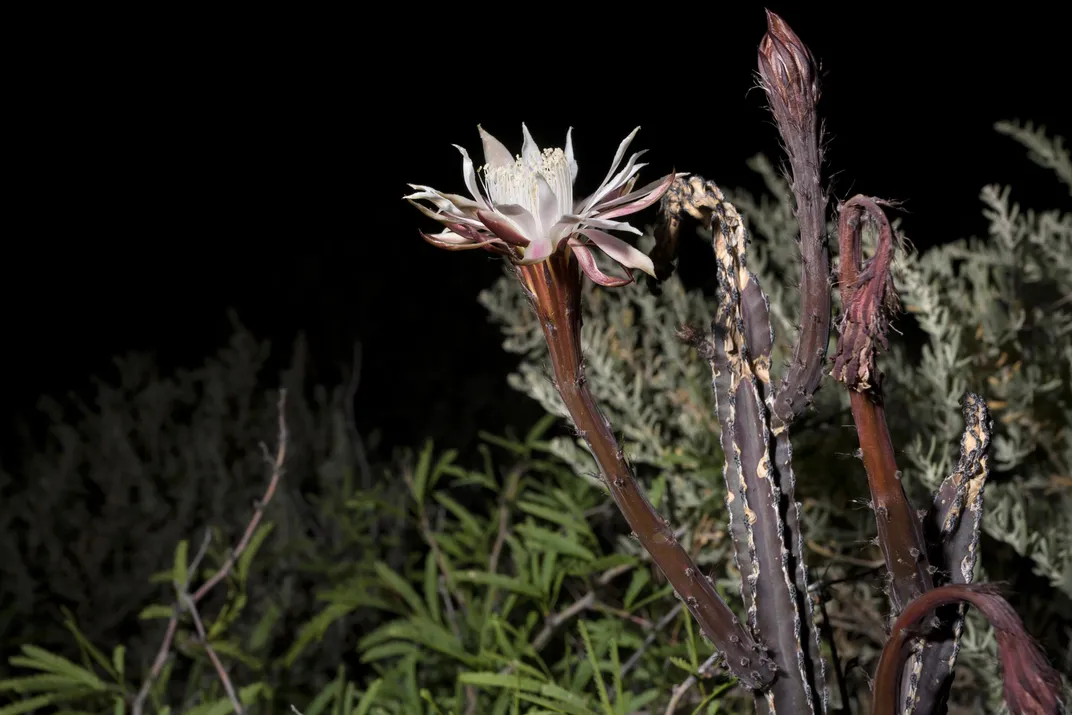
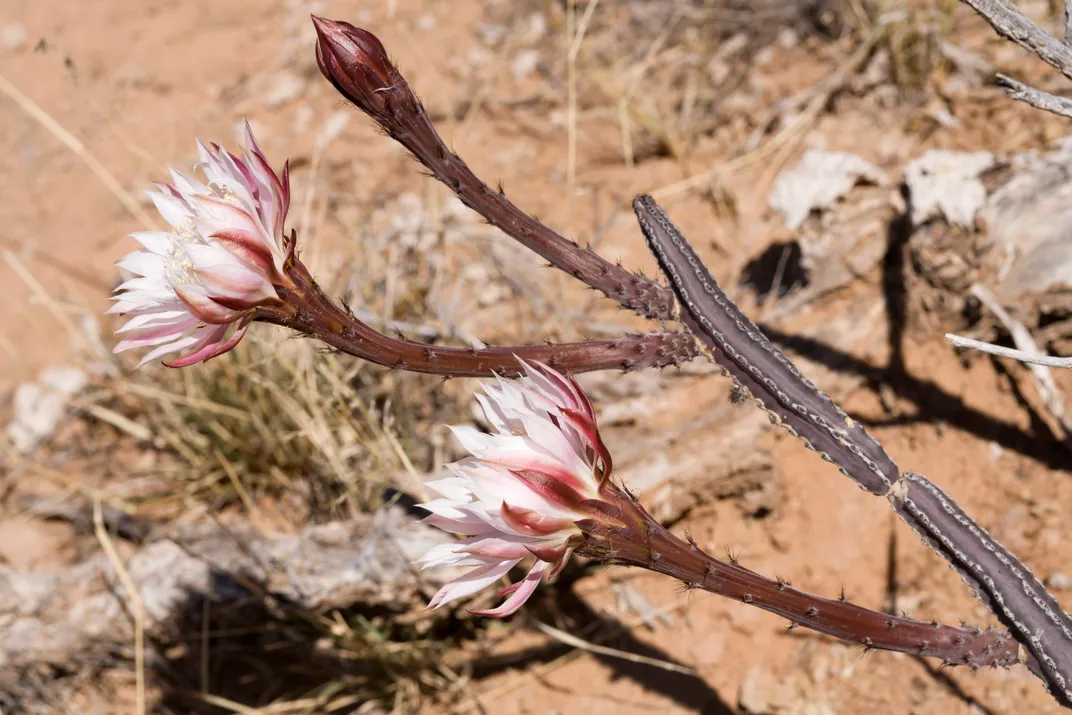
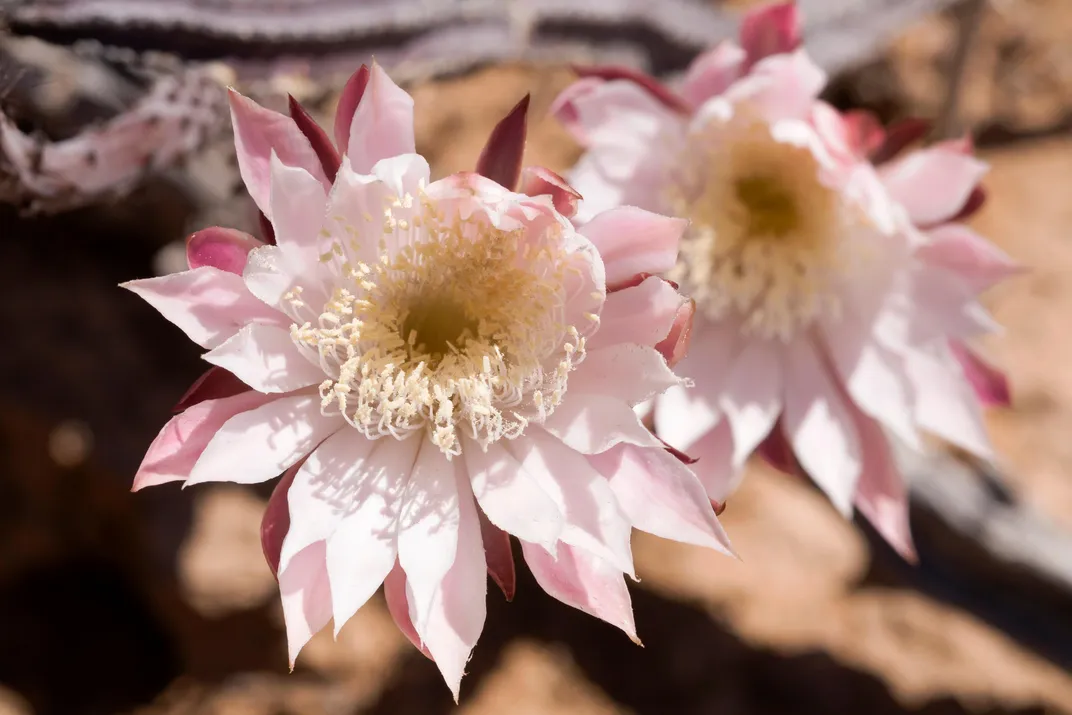
/https://tf-cmsv2-smithsonianmag-media.s3.amazonaws.com/accounts/headshot/michele-lent-hirsch.jpg)